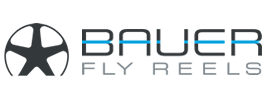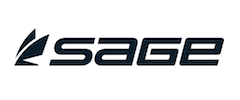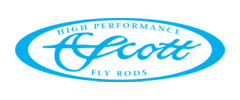Snoqulamie River
Snoqualmie River
Pricing: $650.00 Full day float trip. For 1 or 2 anglers.
Includes: State sales tax, rental gear, flies, leader and tippet, and beverages.
Additional angler $150.
$535.00 Full day walk and wade trip. For 1 or 2 anglers.
Includes: State sales tax, rental gear, flies, leader and tippet and beverages.
Additional angler $150.
Half day float trips available.
$435.00 Half day walk and wade trip. For 1 or 2 anglers.
Includes: State sales tax, rental gear, flies, leader and tippet and beverages.
Additional angler $150.
Demo gear available for this and all trips!
Snoqualmie River - Forty five minutes to an hour from Seattle, the Snoqualmie River flows out of the central Cascade Mountains through the south, middle and north forks which join to form the mainstem river at Snoqualmie. It then flows over a massive waterfall, known as Snoqualmie Falls, through the towns of Fall City, Carnation and Duvall, before joining the Skykomish to form the Snohomish River. It hosts runs of winter and summer steelhead as well as four species of Pacific Salmon. Silvers and pink salmon predominate with a few Chinook and chum joining the mix. The Snoqualmie hosts an excellent run of sea-run cutthroat which are available from August until high water raises the river in late fall.
The Snoqualmie River has three distinct sections. The lower river is heavily diked and flows through low gradient farmland. Riffled water is few and far between and this section is best fished by boaters who can easily motor through the significant stretches of slow slough like water. The section section runs from Carnation upstream to the falls. This stretch is considerably faster and has less slow sections. The walk in access is good and from the falls to Fall City there are a number of good runs and riffles for the fly angler. The falls present an upstream barrier for anadromous fish, so there are no salmon and steelhead up here. Instead, native rainbows and westslope cutthroat make a living in all three forks of the river with the middle fork generally achieving the status of the best fishing fork.
The Snoqualmie opens on June 1 st to predominately hatchery summer run steelhead. The numbers build during the summer, but the best fishing generally occurs after the first fall rains or slight cold snap. The summer steelhead fishing continues until heavy fall rains raise the river to winter flows. During August, sea-run cutthroat, silver salmon and pink salmon (in odd years) begin their ascent of the Snoqualmie making September a month where an angler could easily catch four different species of fish in the same day. With heavy rains in the winter, the first hatchery winter steelhead appear and fly anglers invariably find themselves attached to one of these chrome fish. The hatchery run peaks in December and early January, but winter steelhead are taken up until the end of February when the river below the falls closes for March, April and May.
The middle fork of the Snoqualmie is open year round for native rainbow and westslope cutthroat trout fishing. The south and north forks are open from June 1 st to October 31 st . Year round is relative, however, as higher flows render the fishing on any of the forks difficult and not satisfying. Snoqualmie fork fish average 8" to 9" and a larger fish would be 12" long. A few larger fish exist, but anything over 12" should be considered a trophy. This being the case, lower flows (1000cfs on the middle fork) concentrate the f ish a bit more and allow for predominately dry fly fishing. These fish are eager as none of the forks is particulary food rich, so a well presented dry fly generally produces interest from a majority of the fish.
Please contact us at [email protected] or call 877-347-4874 for more details.










